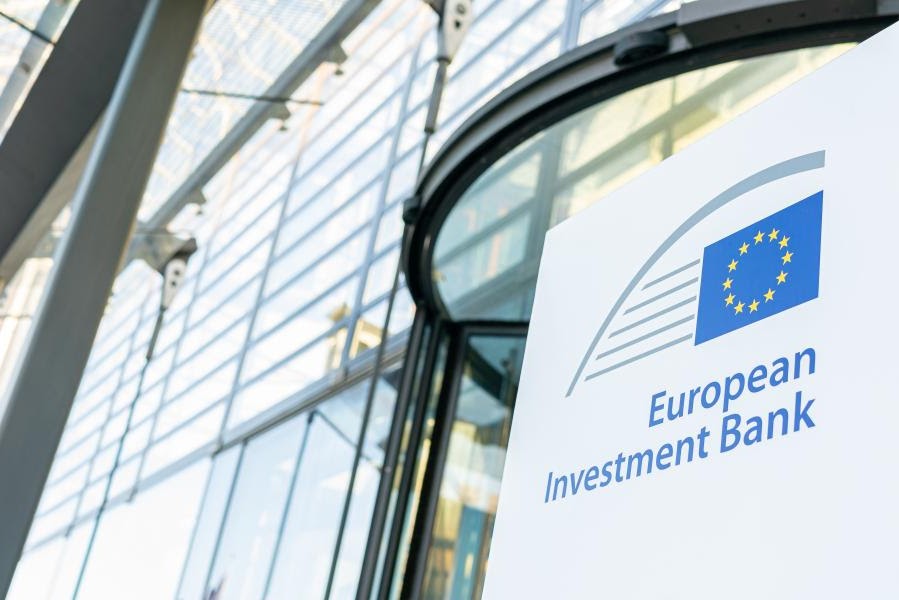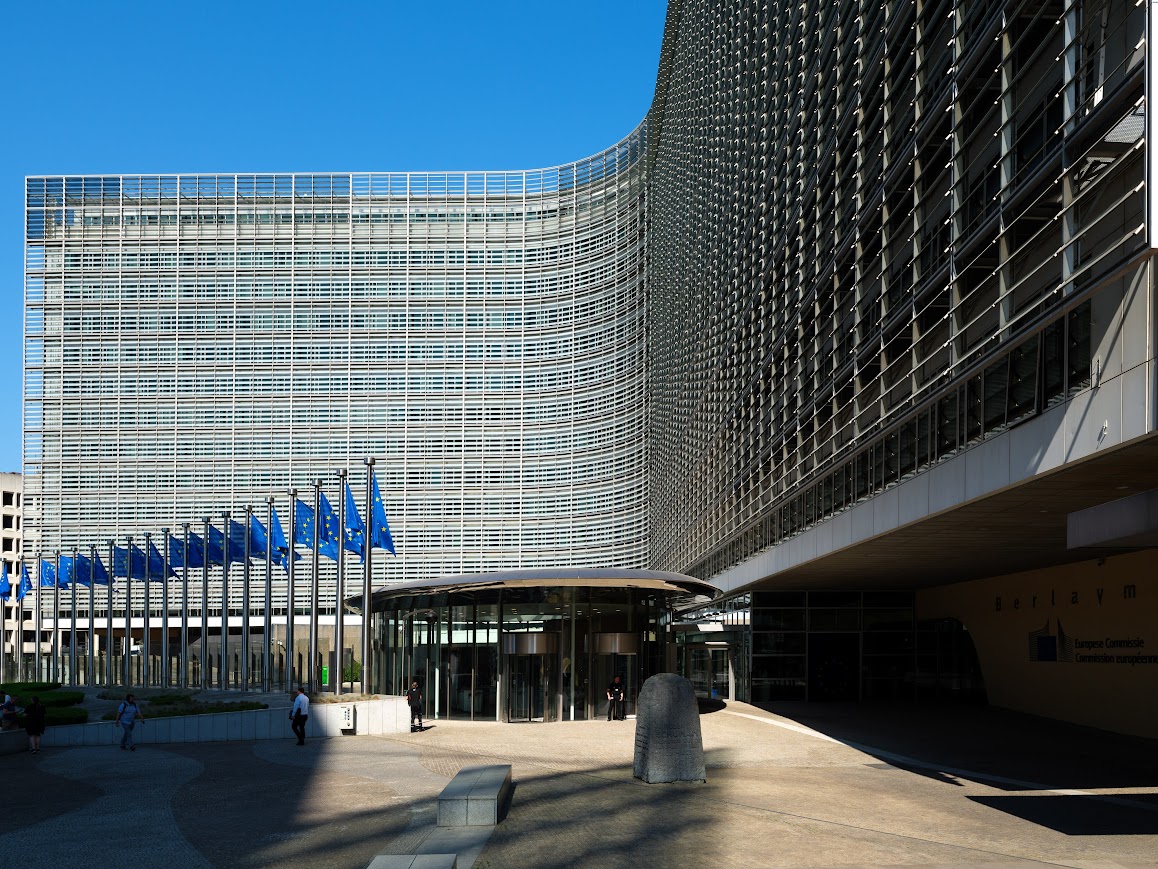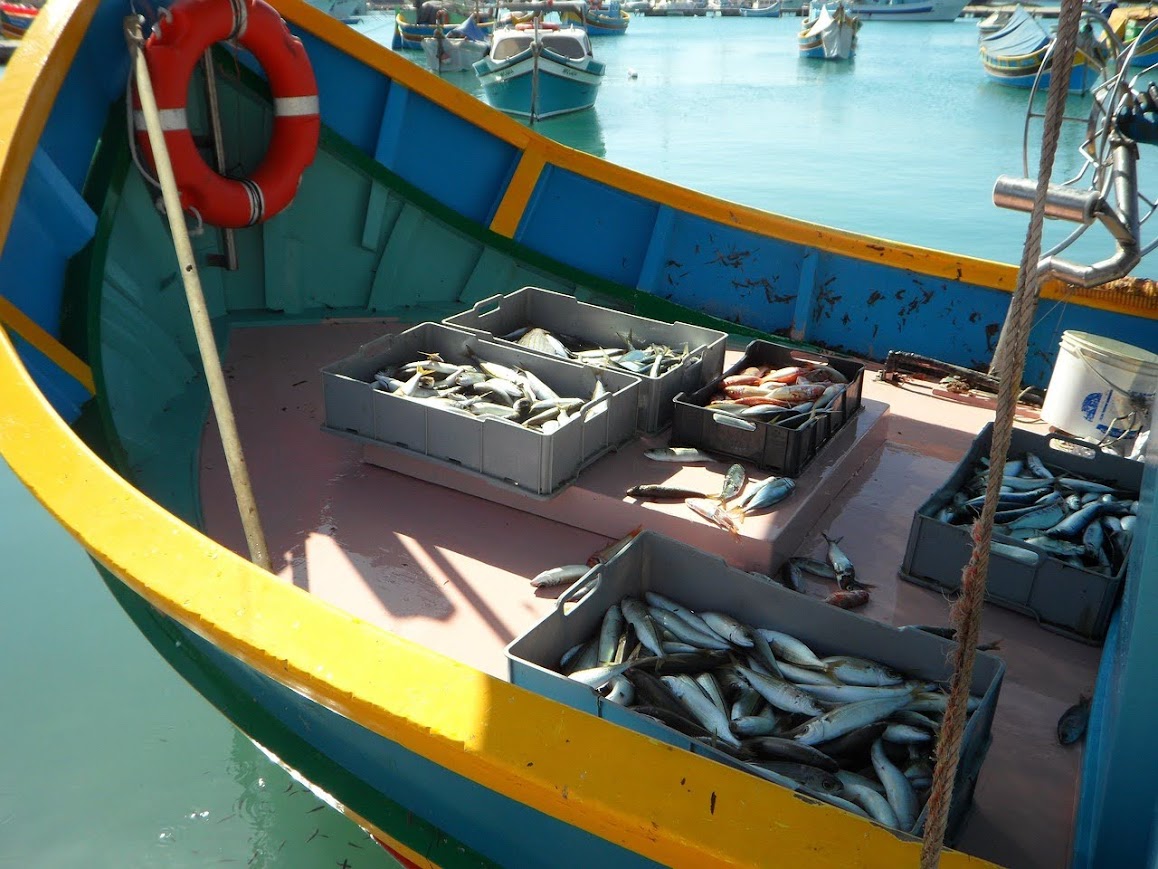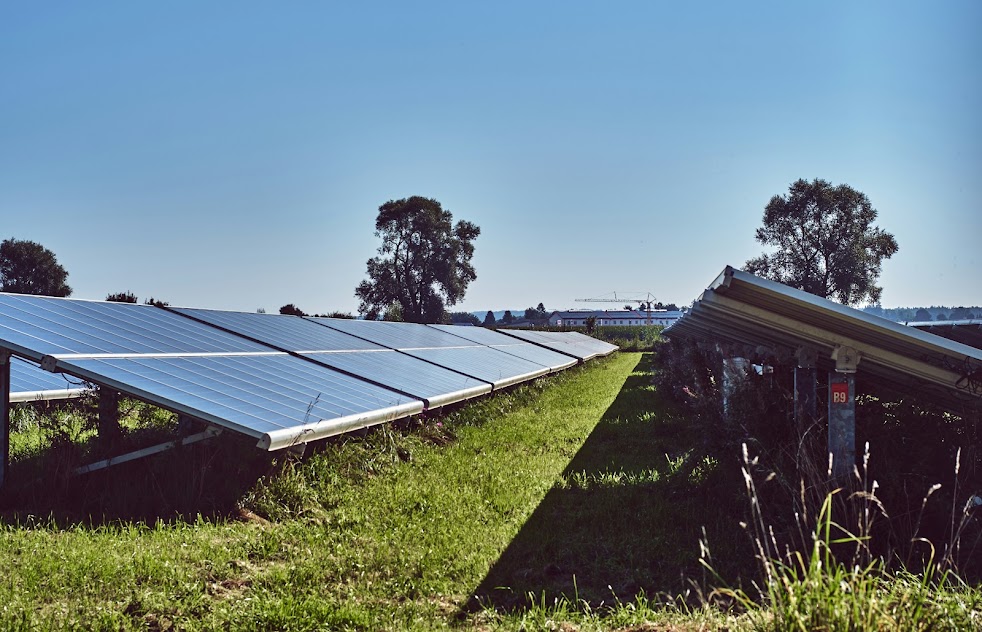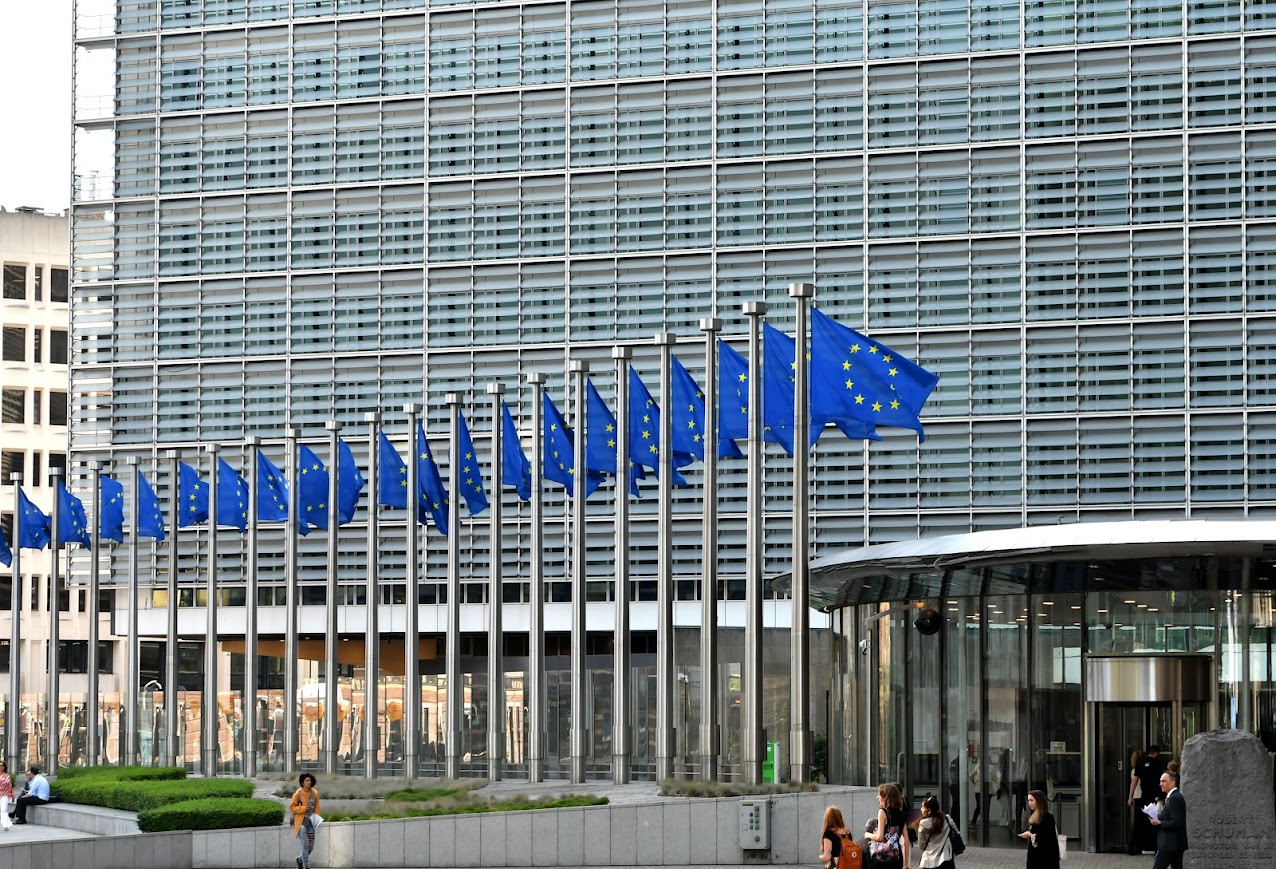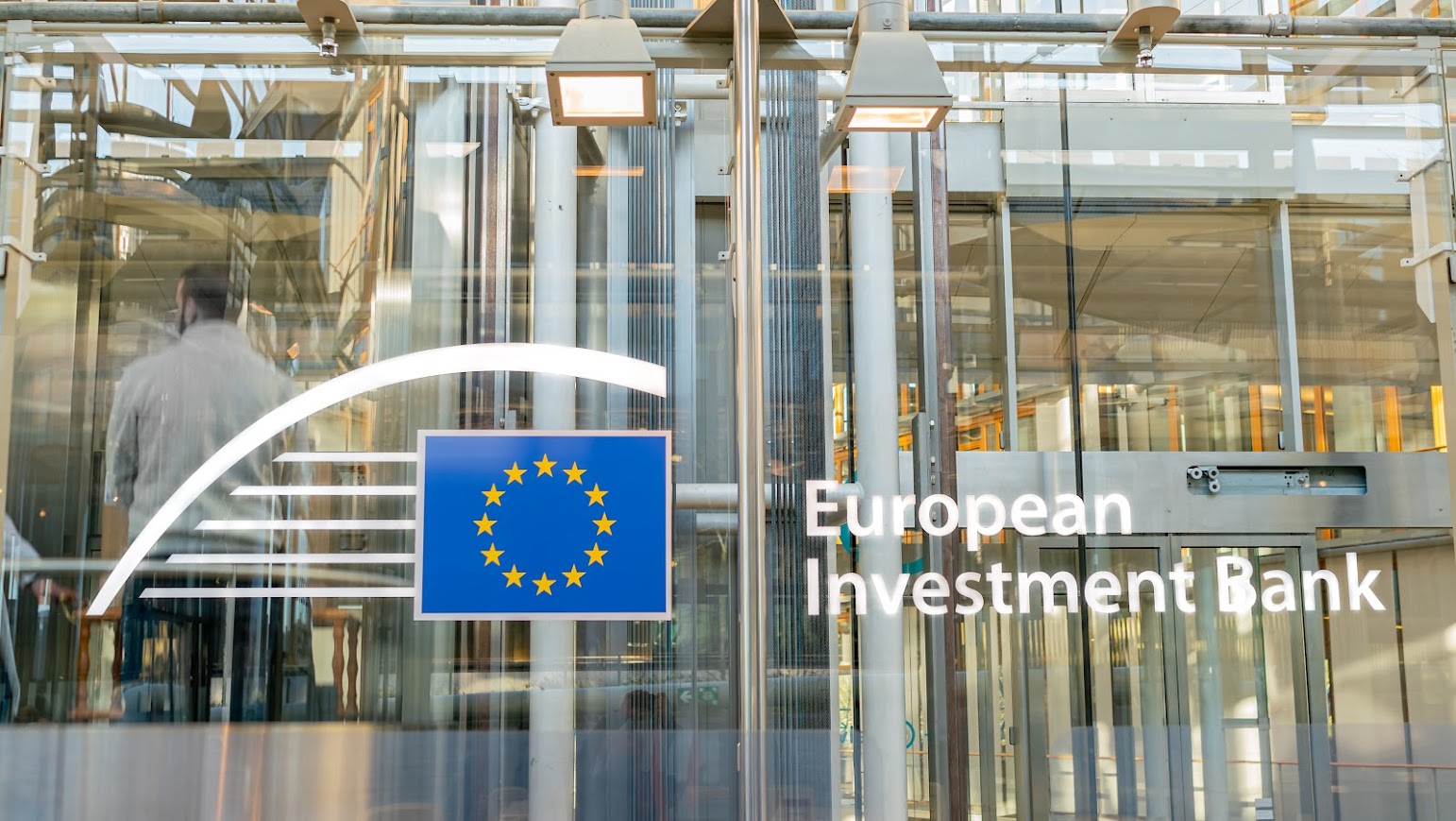Gli attuativi nel II trimestre 2025: si conferma la crescita del tasso di adozione
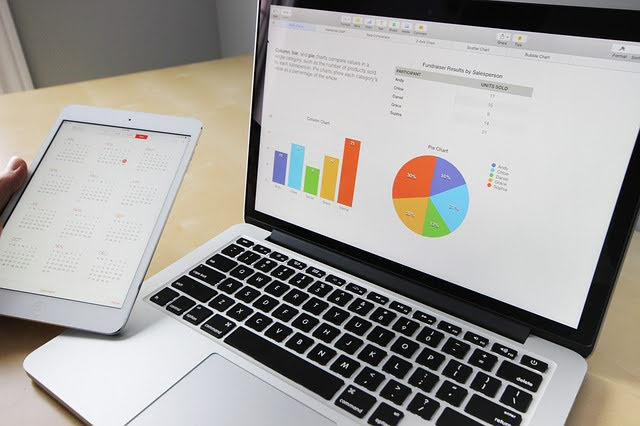 Anche per il secondo trimestre 2025 è arrivata la Relazione che monitora l’andamento dei provvedimenti attuativi, soprattutto alla luce del giro di vite previsto dal DPCM del 30 ottobre 2024 che ha definito paletti più stringenti per il loro ricorso. Allo stato attuale, lo stock di provvedimenti ancora da adottare (del governo Meloni e dei precedenti governi) ammonta comunque a 535 attuativi.
Anche per il secondo trimestre 2025 è arrivata la Relazione che monitora l’andamento dei provvedimenti attuativi, soprattutto alla luce del giro di vite previsto dal DPCM del 30 ottobre 2024 che ha definito paletti più stringenti per il loro ricorso. Allo stato attuale, lo stock di provvedimenti ancora da adottare (del governo Meloni e dei precedenti governi) ammonta comunque a 535 attuativi.
Decreti legge: il governo argina il ricorso ai testi attuativi

